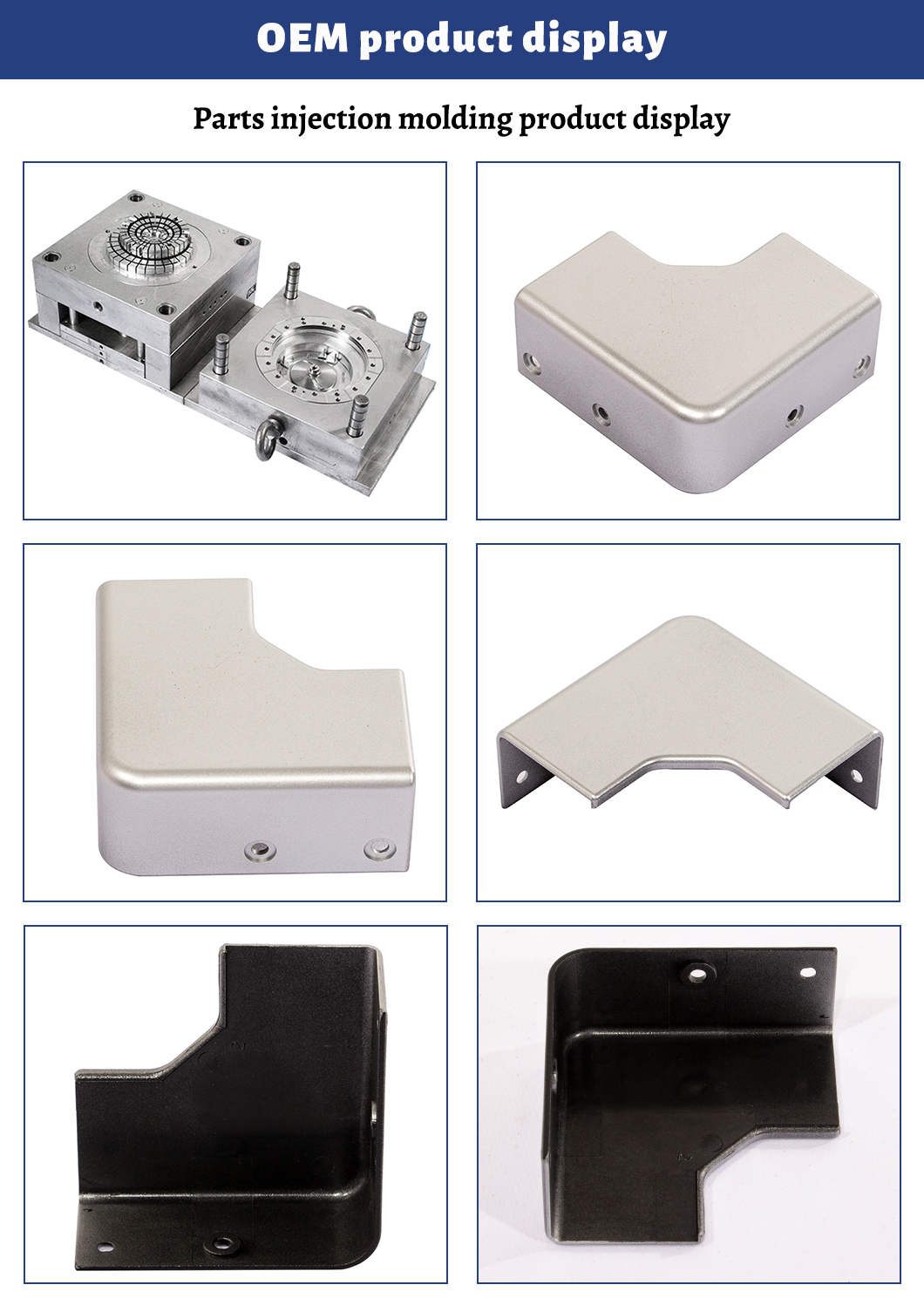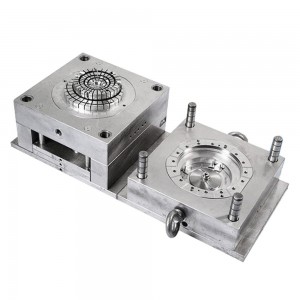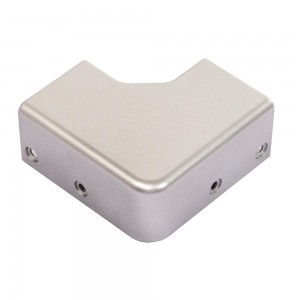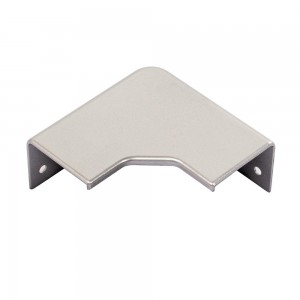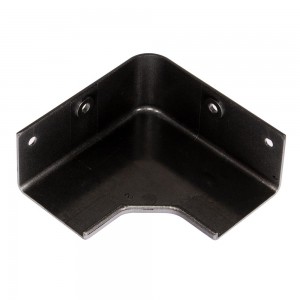Customized injection mold for electrical plastic parts
Description
Injection molding is a method of producing parts by injecting material into a mold. Metals (for which the process is known as die-casting), glasses, elastomers, confections, and, most commonly, thermoplastic and thermosetting polymers can all be used in injection molding. The part's material is fed into a heated barrel, mixed, and forced into a mold cavity, where it cools and hardens to the cavity's configuration. After a product is designed, usually by an industrial designer or engineer, molds are made from metal, usually steel or aluminum, and precision-machined to form the desired part's features. 3D printing materials like photopolymers which do not melt during the injection molding of some lower temperature thermoplastics can be used for some simple injection molds. Injection molding is widely used for producing a wide range of parts, from very small to very large. The ability to produce parts with varying geometrical shapes and sizes is determined by the type of machine used in the operation.
It is set so as to exclude air in the cavity and gases from plastic melting during injection into the mold.. When the exhaust is not smooth, the surface of the product will form air marks (gas lines), burning and other bad; The exhaust system of a plastic die is usually a groove-shaped air outlet built into the die to expel the air from the original cavity and the gases brought in by the molten material..When the molten material is injected into the cavity, the original air in the cavity and the gas brought by the melt must be discharged to the outside of the mold through the exhaust port at the end of the material flow, otherwise it will make the products with pores, poor connection, mold filling dissatisfaction, and even the accumulated air will be burned due to elevated temperature caused by compression. under normal conditions, the vent can be located in the cavity at the end of the flow of molten material, or in the parting surface of the die.
The latter is a shallow groove with a depth of 0.03 - 0.2 mm and a width of 1.5 - 6 mm on the side of the die..There will not be a large amount of molten material oozing out of the vent during the injection, as the molten material will cool and solidify in the channel here..The opening position of the exhaust port should not be directed at the operator to prevent accidental ejection of molten material.. alternatively, it can exhaust the gas using the matching gap between the ejector bar and the ejector hole, and between the ejector clump and the template and core.
